I have been playing around with the TileOverlay in Android Maps v2 and I have built a custom TileProvider very very similar to this one
But there is something that strikes me as odd. No matter which number I pass on to the Tile constructor, the image on the screen is always the same - 4 to 9 Tiles sharing the screen space evenly, like this:

Of course this is something you would expect from reading the documentation:
The coordinates of the tiles are measured from the top left (northwest) corner of the map. At zoom level N, the x values of the tile coordinates range from 0 to 2N - 1 and increase from west to east and the y values range from 0 to 2N - 1 and increase from north to south.
But you might guess that there is in fact such a functionality from looking at the Constructors documentation
Constructs a Tile.
Parameters
width the width of the image in pixels
height the height of the image in pixels
data A byte array containing the image data. The image will be created from this data by calling decodeByteArray(byte[], int, int).
So obviously I misunderstood something here. My personal guess is that the tiles have to cover an entire "Map Tile" and can therefore not be shrunken
My goal would be to make my tiles about 10dp of the screen. Therefore again my question to you:
Can I realize this with TileOverlay or will I end up using custom Markers?